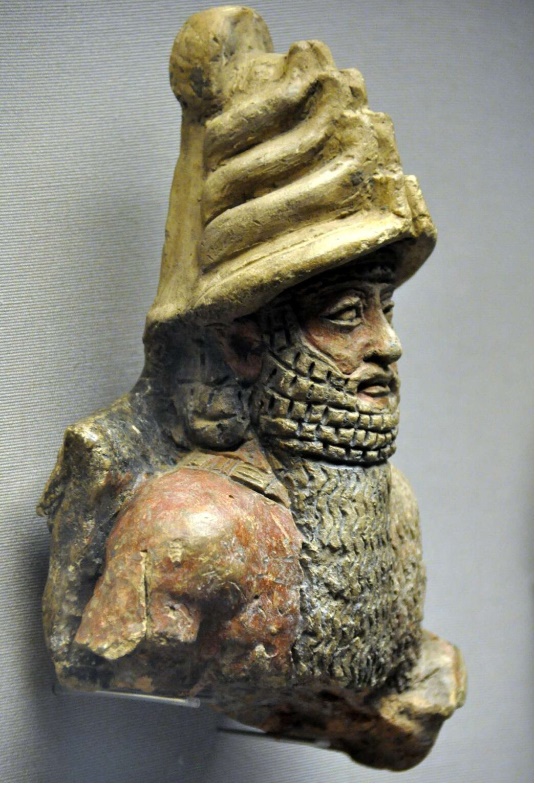
Pythagorean Theorem Found on Ancient Babylonian Clay Tablets Predating Pythagoras by 1,000 Years
The ancient Babylonians made significant contributions to mathematics, particularly in the field of geometry. They used a sexagesimal system, which is based on the number 60, and developed trigonometry. They also advanced in astronomy and astrology, using mathematical models to track the planet Jupiter and developing methods of tracking time that are still used today. This statue is from the Old-Babylonian period, 2000-1750 BCE, when the tablets described above were also created. Photo: Osama Shukir Muhammed Amin FRCP(Glasg)
The Greeks are usually credited with inventing trigonometry (the branch of mathematics that deals with angles and distances in triangles), but Mansfield and Wildberger claim that the Babylonians had their own version of trigonometry that was based on ratios rather than angles. They used a base-60 number system (similar to how we use minutes and seconds to measure time) to express these ratios with great accuracy.
Mansfield said: “The Greeks invented their trigonometry because they were studying astronomy, but the Babylonians had their own separate variant of trigonometry which they developed to solve problems about land and boundaries.”
These findings reveal that the ancient Babylonians were not only skilled mathematicians, but also practical problem-solvers who applied their knowledge to real-world situations. They also challenge the common assumption that Pythagoras was the first to discover the Pythagorean theorem, and show that mathematical ideas can emerge independently in different cultures and times.
The Greeks are usually credited with inventing trigonometry (the branch of mathematics that deals with angles and distances in triangles), but Mansfield and Wildberger claim that the Babylonians had their own version of trigonometry that was based on ratios rather than angles. They used a base-60 number system (similar to how we use minutes and seconds to measure time) to express these ratios with great accuracy.
Mansfield said: “The Greeks invented their trigonometry because they were studying astronomy, but the Babylonians had their own separate variant of trigonometry which they developed to solve problems about land and boundaries.”
These findings reveal that the ancient Babylonians were not only skilled mathematicians, but also practical problem-solvers who applied their knowledge to real-world situations. They also challenge the common assumption that Pythagoras was the first to discover the Pythagorean theorem, and show that mathematical ideas can emerge independently in different cultures and times.
Advertisements
18 April 2024
Advertisements



